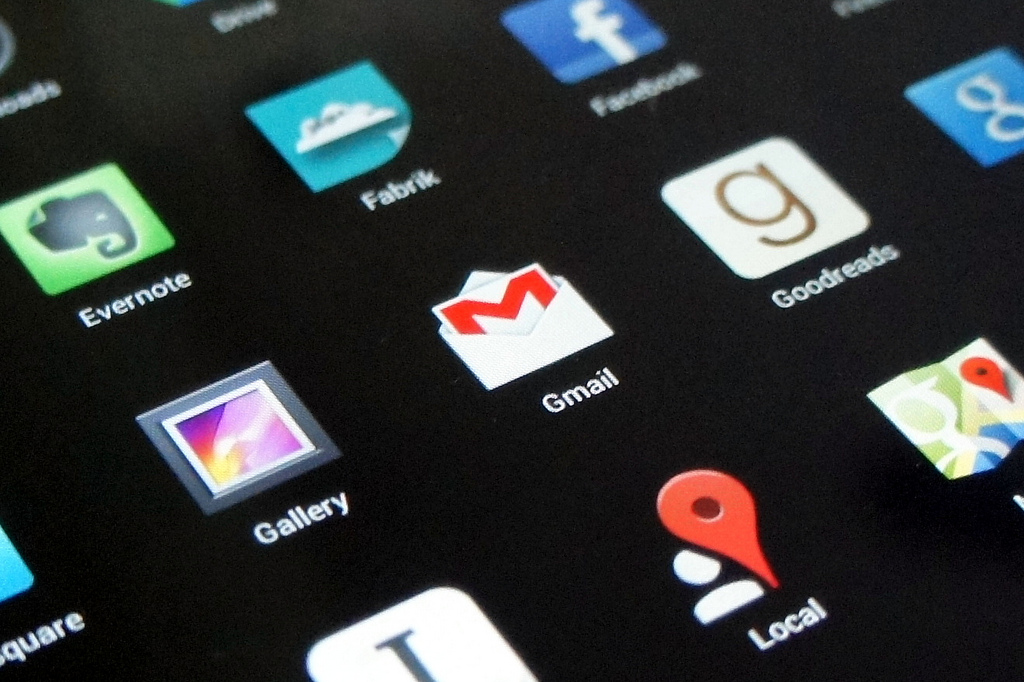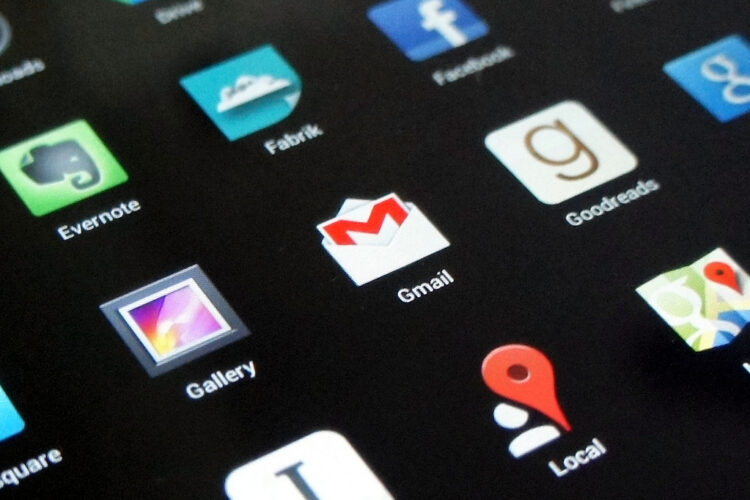
A long-long time ago, there emerged the first mobile app… And humans from all over the world flocked to see it. Wow! – They exclaimed, looking at this innovative miracle. They could not believe how much fun the app was and couldn’t keep their hands off it (this must have been due to the primacy effect!). Soon, news about the first mobile app spread far and wide, and mobile apps popped up here, there, everywhere! Humans were happier than ever – now they had a choice of multiple apps, with newer apps being better than the older ones. Happily ever after.
Wait! Maybe that was a happy end for “the humans” in that fairy-tale, but was it for brands and the mobile app creators? Definitely, not. Now when more than 90% of the time on a smartphone is spent on mobile apps, the competition for user attention and engagement is higher than ever. Today, new entrepreneurs do not ponder whether having a mobile app is necessary. Going mobile is the norm.
That’s why we must arm ourselves with the most recent trends on mobile engagement, to better understand how to lure users to our apps and keep them there (happily ever after).
Advertising Week New York comes to rescue. With more than 200 events over four days, Advertising Week gathered together the sharp, the witty, and the brilliant of the advertising industry; and mobile was among the key themes.
Jonny Kaldor, the cofounder and CEO of PugPig, named five key trends with mobile content engagement in a dramatically named session “5 Trends in Mobile Content that will Change Everything”.
First, he started with the common issues that entrepreneurs and brands experience with content-focused mobile apps:
- App discovery process is not easy, neither intuitive
- Most users drop off after using a new mobile app one time only
- Consumers do not want to pay for content
- Content appropriated from print or other platforms does not work on mobile
- Operating an application and generating content takes dedication and resources
Kaldor concluded that companies, focused on content publishing, found themselves in the “valley of despair” after trying a number of cool flashy things that did not quite work out.
Kaldor then gave the audience some data-supported hope for a brighter future of the mobile content apps. Here are five lessons from this mobile publishing pro:
1. Mobile is where it’s at and apps are where your audiences live
Kaldor referred to Benedict Evans’ report “Mobile Ate the Word” stating that the PC sales are down and mobile sales have grown exponentially.
Phones and apps is where your audiences are! For most people in the developed world, checking a phone is the first activity in the beginning of the day and the last activity before going to bed.
According to a recent study, 20% of 18-34 year old adults in the US use phone during sex.
2. Get your content out there – but don’t rely on 3rd party platforms
There are multiple platforms and places to share and promote your content. While a user count on smaller content apps measures in tens to several hundreds of thousands, the users who do interact with the less known apps are loyal, engaged, and provide multiple data-points about their behavior.
Kaldor recommends using widely popular promotion channels, such as social networks, to generate awareness and demand and drive users to your app.
Don’t just collect fans and followers. Take ownership of your audience and create original content for them.
3. Remove the friction between your content and your audience
Here, Kaldor spoke about the trends that seem small, but are actually huge for any app that promotes content:
- Deeplinking enables a smooth ride for your users from content shared elsewhere to your app or from one piece of content to another within your app via a “smart” link. For example, a link within an email can drive you directly to an article within a mobile app (instead of driving you to an off-site URL). Thanks to deeplinking, it’s possible to drive audiences to apps within the mobile
- Application content is now indexable by Apple and Google, or SEO (search engine optimization) enabled. When you use you phone’s search bar, you can now find content that will drive you directly to content within an app. Thus, if you are publishing content via a mobile app, ensure that every piece of it is properly indexed.
Indexing + deep linking = removing unnecessary steps between your audience and your content
- Sharing links within iMessage has become more user-friendly – you can now see a preview of an article instead of a boring long link in your iMessage.
- Google has been testing not-invasive app-streaming, where you can watch the streamed content from an app without downloading it, but a smart bar on the top of your phone will give you a choice to download the app
4. Create a user experience that fits the platform
To bring users back to your mobile app, you need to create a reason for ritualistic, or habitual, behavior.
Here are some tips that can help you develop a predictable way of engaging your audience:
- Create and maintain a live-feed of your content
- Update your content on a regular basis
- Use push-notifications, which serve as a middle-man between you and the consumer (push-notifications can work magic when users haven’t visited your app for a while!)
- Third parties, such a New York-based AppBoy, can help you segment your audiences and send customized push-notifications
- Curate your content your social feeds
Remember, it doesn’t have to be about huge numbers, but about highly engaged user audiences.
5. Apps no longer cost the earth
- HTML templates can beat the cost of developing a new app can be as little as several thousand dollars. Try em!
Attention! For all of the above tactics to work, first and foremost you need a brand that resonates well with your target audience. Having your branded app icon on someone’s phone is very powerful, says Kaldor.
Mobile Messaging is the Next Big Thing
In another Advertising Week’s session, “The Next Multibillion Opp: Marketing in Messaging”, a panel of experts discussed the evolution of all things advertising via so-dear-to-many-of-us messaging engagement methods, such as emojis, stickers, and gif’s.
Vivian Rosenthal, the Founder at Snaps, started by sharing the following stats about messaging:
- There are more active users on messaging apps compared to social media platforms.
- Emojis and stickers are becoming a large business. According to #AllThingsMobile, there are over 250 branded emoji keywords in the US (branded emojis are ad units which are measured in peer-to-peer shares)
- 200,000 iMessages are sent per second and over 40 billion iMessage notifications are received per day
- Chatbots are learning all about you while enabling marketers to create one- on-one marketing at scale
- Gif, sticker, and emoji ad units are rapidly evolving
Then, Rosenthal administered a panel of marketers who have experimented with the latest and the greatest of messaging and mobile advertising. Dana Randall, the Senior Director of Global Innovation at Coach, said that the Coach emoji iMessage keyboard performed many times better compared to the company’s mobile app. Randall said, “We don’t have to remind them [users] – ‘Hey, remember this app on your phone? You need to use it.’ The iMessage keyboard discovery is easy. We wanted to be where the consumer is instead of asking them to come and join the party elsewhere.”
Speaking of chatbots, Amanda Moore, the Senior Director of Social and Digital Marketing at Marriott, recommended to be patient and learn as much possible about the the users without much disruption to the messaging experience:
“It’s an intimate space, and here comes a brand,” says Moore. “User reaction is ‘I don’t want you here!’ You [marketers] need to be patient and listen.”
Which ever new tactic you decide to use – emoji, gif, or sticker, make sure that it creates not only useful, but also a fun experience for your users. For example, alongside with purchasing something, your users should also be able to creatively use your branded content to express their emotions and play. If it is not fun, it will not be used.
Image Credit: CC by Clive Darra




